
- Herniaria glabra or “dog soap”;
- Procurement of raw materials;
- Recipes for medicinal and cosmetic extracts;
- Lychnis chalcedonica;
- Procurement of raw materials;
- Saponaria officinalis, or soap root;
- Procurement of raw materials;
- The recipe for liquid soap;
- Polemonium caeruleum;
- Procurement of raw materials;
- Koelreuteria paniculata;
In continuation of the topic of useful dacha plants, today we will talk about those that are used as a substitute and for the preparation of homemade soap.
First of all, these are plants that contain a large number of saponins (sapo in Latin — soap).

It is saponin-containing species that are truly soap plants: an excellent detergent is obtained by rubbing a soap base (root or fresh grass).
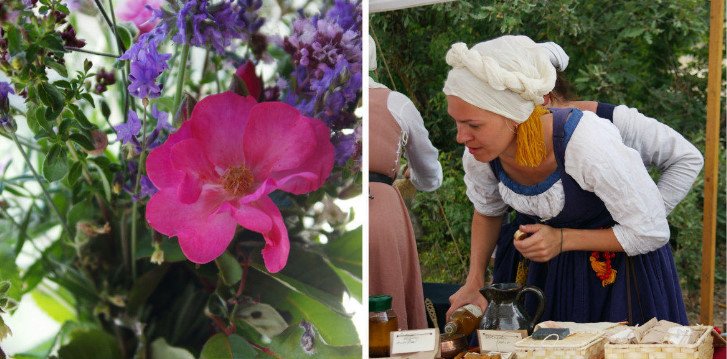
Saponins are found in most medicinal plants. Especially from representatives of families:
- Caryophyllaceae;
- Primulaceae;
- Polemoniaceae;
- Polygalaceae and others.
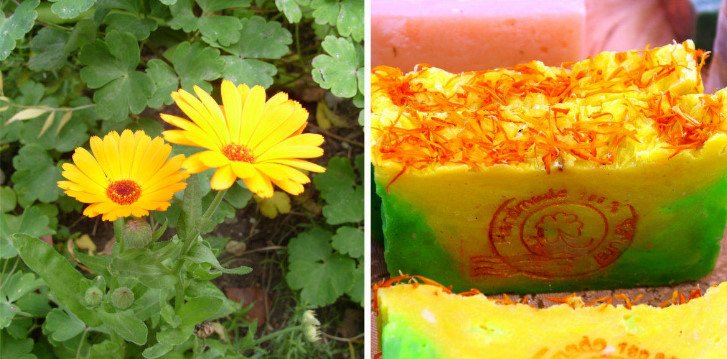
Of the plants containing saponins, the most known:
- Panax (root);
- Aralia elata (root);
- Eleutherococcus (root);
- Cyclamen purpurascens (tubers);
- Polemonium caeruleum (rhizomes, roots);
- Glycyrrhiza glabra (root);
- Saponaria officinalis (root);
- Silene latifolia(the roots);
- Betula (leaves) and others.
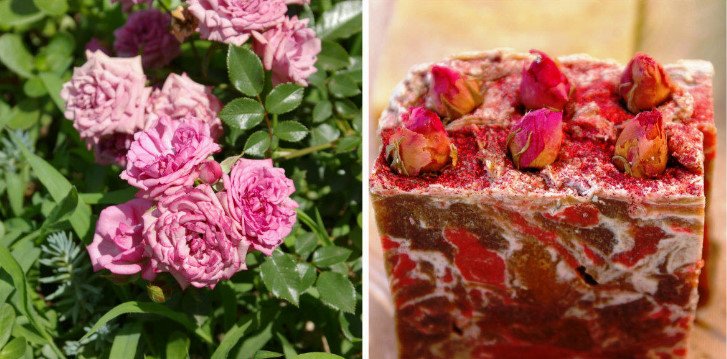
Recently, there has been a kind of nature-boom (especially in families where there are allergies) associated with the use of natural cosmetics for skin and hair care.
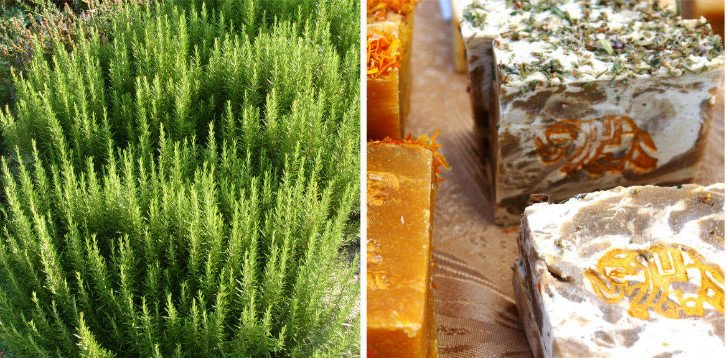
Especially valuable natural soap that does not dry out, and moisturizes and nourishes the skin.

For its production use a variety of plants:
- Thymus serpyllum;
- Matricaria chamomilla;
- Calendula officinalis;
- Echinacea purpurea;
- Rosmarinus officinalis and others.
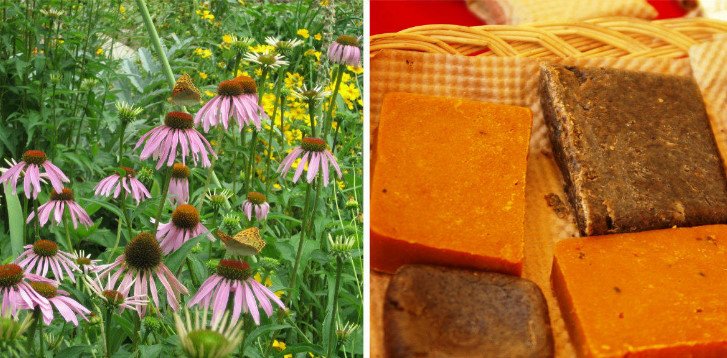
Soap with herbal fillers on a natural soap base is ideal for the most problematic skin.
Immediately before the manufacture of dry flowers soaked.

Without going into the subtleties of the creation process, let’s talk about the plants that are involved in the “soap sacrament”. I have selected 5 common species that grow in the cottages or near them.
Herniaria glabra or “dog soap”
Apt the popular name of the plant got an ulterior motive: in the soap water bathed the dogs.
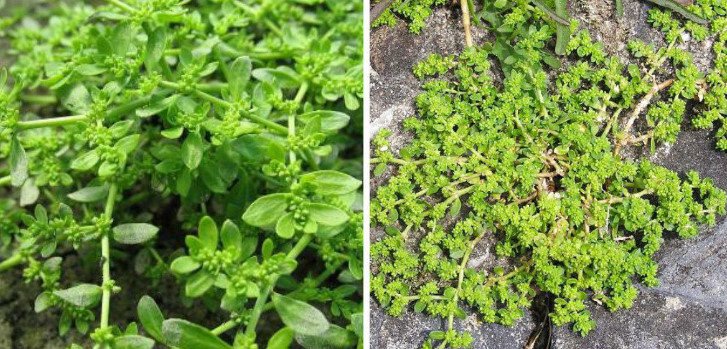
Herniaria glabra – perennial creeping plant height of 5-20 cm from the family Caryophyllaceae. The leaves are small; the flowers are small, yellowish-green, bloom in June-August. Winters without shelter. It is best to sow a winter.
Procurement of raw materials
The herb contains 5-16% triterpene saponins. It is harvested throughout the summer, but it is better to collect during flowering, cutting the stems at a distance of 2-3 cm from the ground.
The grass is cleaned of impurities, coarse parts of the plant are thrown away. Dried in the fresh air, in the shade, laying a thin layer on paper. The finished raw material is yellowish-green, with a strong smell of coumarin. Shelf life in sealed packaging — 2 years.
Infusions of smooth hernia-an excellent natural remedy for washing and softening the skin of the hands.
It is important! Saponins from soap plants pass into water at room temperature, increasing the water temperature accelerates the process.
Recipes for medicinal and cosmetic extracts
- 20 g of dry powdered herb pour 200 ml of boiling water, to insist 2 hours, filter;
- 1 tablespoon of grass pour 400 ml of boiling water, wrap the container, insist 30 minutes, filter;
- 10 g of chopped dry grass pour 200 ml of boiling water, wrap the container, insist 1 hour, filter.
Lychnis chalcedonica
Lychnis chalcedonica-erect perennial of the Clove family height of about 0.9-1.2 m, width-30 cm.
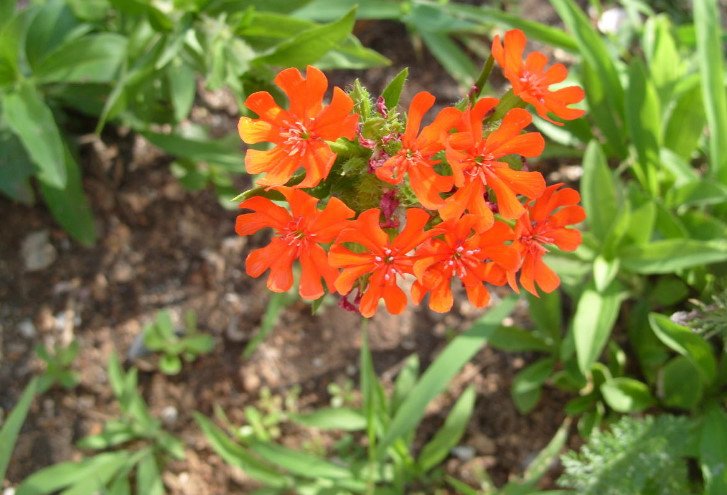
The leaves are oval, pubescent, with a length of 5-8 cm Flowers scarlet, 1.5 cm in diameter, clustered in terminal umbels; bloom from mid-summer. There are saponins in decorative forms:
- ‘Alba’ (white flowers);
- ‘Rosea’ (pink flowers).
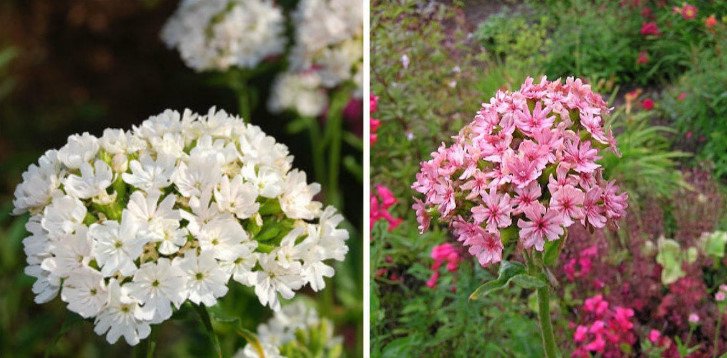
Relatively drought-resistant, in hot and dry summers watering is required. Requires the tying of shoots to the support. Gives self-seeding. Found in moist meadows. Spectacular in the flower beds of rural style.
Procurement of raw materials
The grass harvested in the flowering period. The greatest number of saponins (up to 23%) is contained in the leaves.
Saponaria officinalis, or soap root
I remember my mother told me that soap root was sold in pharmacies under the name “red soap root”. It was used not only as a medicine, but also for washing wool and silk things, removing stains.
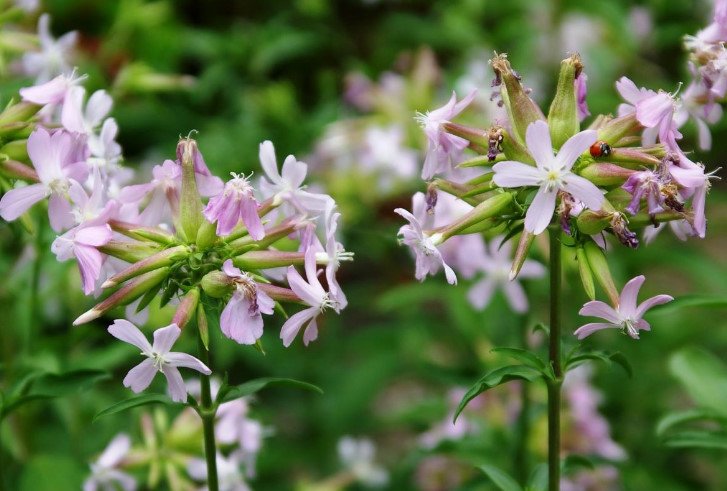
Saponaria officinalis-dlinnokornevischny fragrant perennial of the family Clove, height and width of 50-60 cm lanceolate Leaves, 4-7 cm long Flowers light pink, 2 cm in diameter, collected in the inflorescence-panicle, bloom in July-August. Saponins are (perhaps in smaller quantities than the original species) and in decorative forms:
- ‘Alba Plena’ (white, Terry flowers);
- ‘Dazzler’, syn. ‘TAFF’s Dazzler’,’ Variegata’ (cream leaves, pink flowers);
- ‘Rubra Plena’ (pink or red flowers, Terry).

Winter-hardy, unpretentious, light-loving (can grow in partial shade), develops on any moist soil. Propagated by seeds, cuttings.
Procurement of raw materials
In early spring or late autumn, after the withering of the above-ground part of the plant, the roots are harvested from 2-3 cm thick, which contain up to 36% saponins. The raw material is cleaned from the soil, dried in the sun or in a dryer at + 50 °C.
The recipe for liquid soap
Dry powdered root (70 g) pour 1.5 liters of water, boil for 15 minutes.
Polemonium caeruleum
Polemonium caeruleum — herbaceous perennial from the same family Polemoniaceae height of 1 m.

Leaves up to 15 cm long, complex, of lanceolate leaves. The flowers are blue, up to 2 cm in diameter, collected in apical panicles; bloom in June-July. Decorative shape: var. lacteum, syn. var. album (white flowers).

It grows better in open areas, on fertile non-acidic soils. Propagated by winter sowing and dividing rhizomes. To preserve the roots of plants harvested 1 every 5 years.
Procurement of raw materials
In rhizome and roots of the first and second year of life especially a lot of saponins (20-30 %). In autumn, during the withering of the above-ground part, harvest 2-year roots: clean from the ground, dried in the oven (at + 40 °C…+50 °C) or in the shade, spreading a thin layer.
Koelreuteria paniculata
Koelreuteria paniculata is a beautiful deciduous tree of the family Sapindaceae, a height and a width of about 10 m. she comes from China, Korea.

The leaves are pinnate, having a length of 45 cm, are particularly spectacular in autumn, when becoming orange coloring. The flowers are yellowish, collected in pyramidal panicles up to 30 cm long; bloom from mid-summer. Fruit — swollen 3-nest boxes up to 5 cm Fruiting in August-September.
Propagated scarified or stratified (3 months in wet sand at + 3 °C…+7 °C) seeds. Depth of seeding 1.5-2 cm; soil germination is high.
On this my story about useful plants is not finished, we still have a lot of interesting meetings.
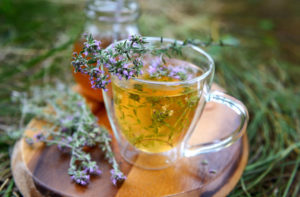

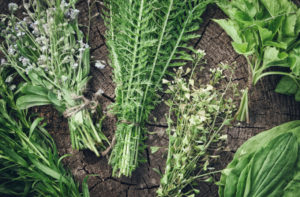
Leave a Reply